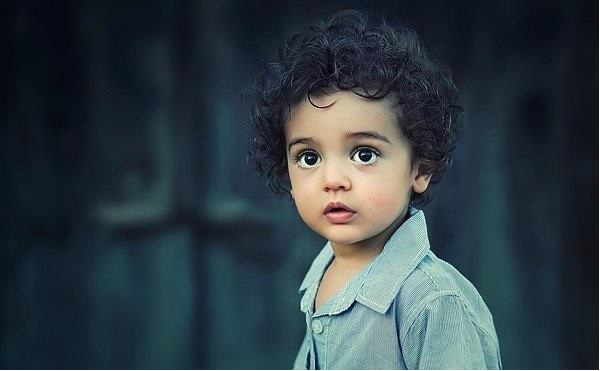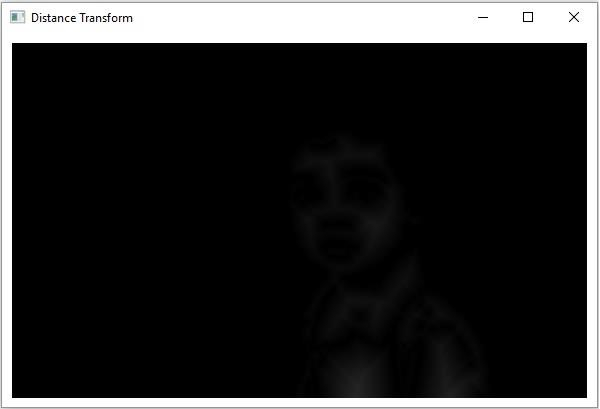
 Data Structure
Data Structure Networking
Networking RDBMS
RDBMS Operating System
Operating System Java
Java MS Excel
MS Excel iOS
iOS HTML
HTML CSS
CSS Android
Android Python
Python C Programming
C Programming C++
C++ C#
C# MongoDB
MongoDB MySQL
MySQL Javascript
Javascript PHP
PHP
- Selected Reading
- UPSC IAS Exams Notes
- Developer's Best Practices
- Questions and Answers
- Effective Resume Writing
- HR Interview Questions
- Computer Glossary
- Who is Who
Explain OpenCV Distance Transformation using java Example
The distance transform, in general, is a derived representation of a digital image. In this operation, the gray level intensities of the points inside the foreground regions are changed to distance their respective distances from the closest 0 value (boundary).
The distanceTransform() method of the Imgproc class applies Distance Transform on the given image, this method accepts −
Two Mat objects representing the source and destination images.
An integer variable representing the type of the distance transformation to be applied.
An integer value representing the mask size to be used.
Example
import java.awt.Image;
import java.awt.image.BufferedImage;
import java.io.IOException;
import javafx.application.Application;
import javafx.embed.swing.SwingFXUtils;
import javafx.scene.Group;
import javafx.scene.Scene;
import javafx.scene.image.ImageView;
import javafx.scene.image.WritableImage;
import javafx.stage.Stage;
import org.opencv.core.Core;
import org.opencv.core.Mat;
import org.opencv.highgui.HighGui;
import org.opencv.imgcodecs.Imgcodecs;
import org.opencv.imgproc.Imgproc;
public class DistanceTransform extends Application {
public void start(Stage stage) throws IOException {
//Loading the OpenCV core library
System.loadLibrary( Core.NATIVE_LIBRARY_NAME );
//Reading the Image from the file and storing it in to a Matrix object
String file ="D://images//boy.jpg";
Mat src = Imgcodecs.imread(file, Imgcodecs.IMREAD_GRAYSCALE);
//Creating an empty matrix to store the results
Mat dst = new Mat();
Mat binary = new Mat();
//Converting the gray scale image to binary image
Imgproc.threshold(src, binary, 100, 255, Imgproc.THRESH_BINARY);
//Applying distance transform
Imgproc.distanceTransform(binary, dst, Imgproc.DIST_C, 3);
Core.convertScaleAbs( dst, dst );
//Converting matrix to JavaFX writable image
Image img = HighGui.toBufferedImage(dst);
WritableImage writableImage= SwingFXUtils.toFXImage((BufferedImage) img, null);
//Setting the image view
ImageView imageView = new ImageView(writableImage);
imageView.setX(10);
imageView.setY(10);
imageView.setFitWidth(575);
imageView.setPreserveRatio(true);
//Setting the Scene object
Group root = new Group(imageView);
Scene scene = new Scene(root, 595, 400);
stage.setTitle("Distance Transform");
stage.setScene(scene);
stage.show();
}
public static void main(String args[]) {
launch(args);
}
}
Input Image

Output
On executing, the above program generates the following windows −


Advertisements
